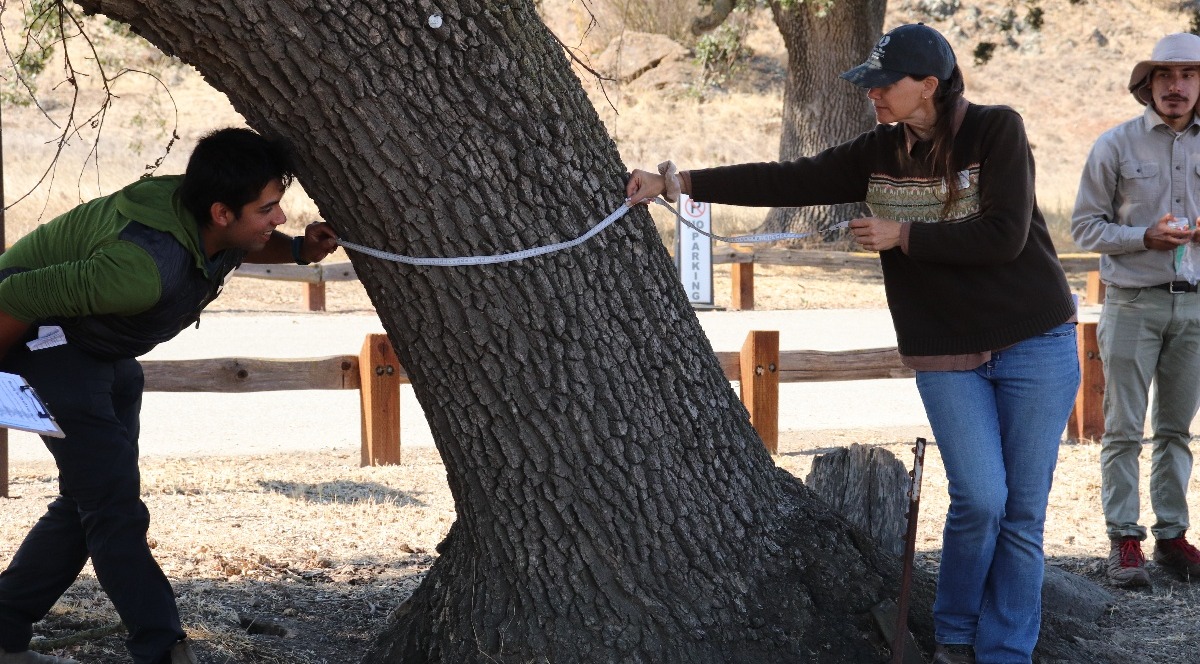In October 2022, the Open Space Authority partnered with Point Blue Conservation Science (Point Blue) to host an educational field trip in Coyote Valley through the Students and Teachers Restoring a Watershed (STRAW) program. Over the course of a few hours, around 90 fifth graders from San Martin/Gwinn Environmental Science Academy built direct-seed cages for acorn plantings and learned how oak trees contribute to a healthy watershed.
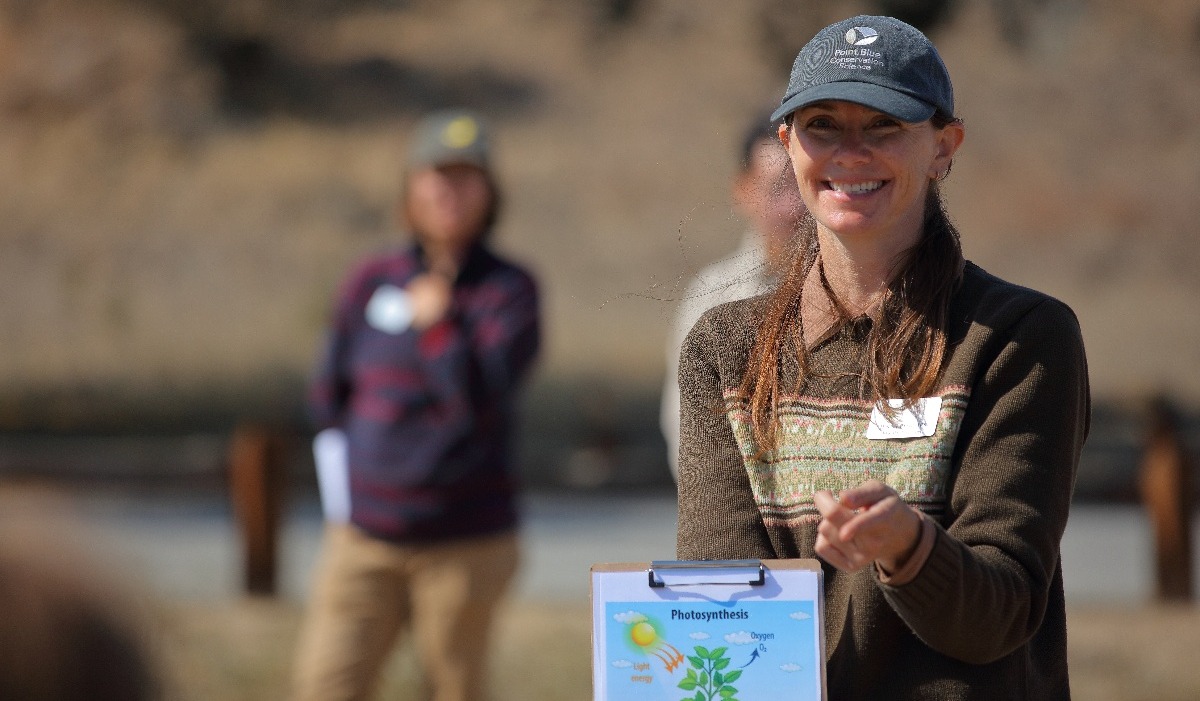
“So, what do you know about oak trees?” Jennifer Phillips, Senior Project Manager at Point Blue asked the students – who now know a lot about oak trees.
Prior to the field trip, each participating class received a lesson at school about the functions of watersheds, what makes a healthy creek, and the STRAW Program. They worked in groups to discuss the pros and cons of different ecological restoration methods, including planting with native plants, using willow sprigs, and fencing out riparian areas.
During their field trip, students delved deeper into learning about oak trees, starting with a recap of their in-class lesson. Here are some of the things the students remembered from their lesson:
“They produce acorns for squirrels to eat!”
“They help provide oxygen.”
“They support birds.”
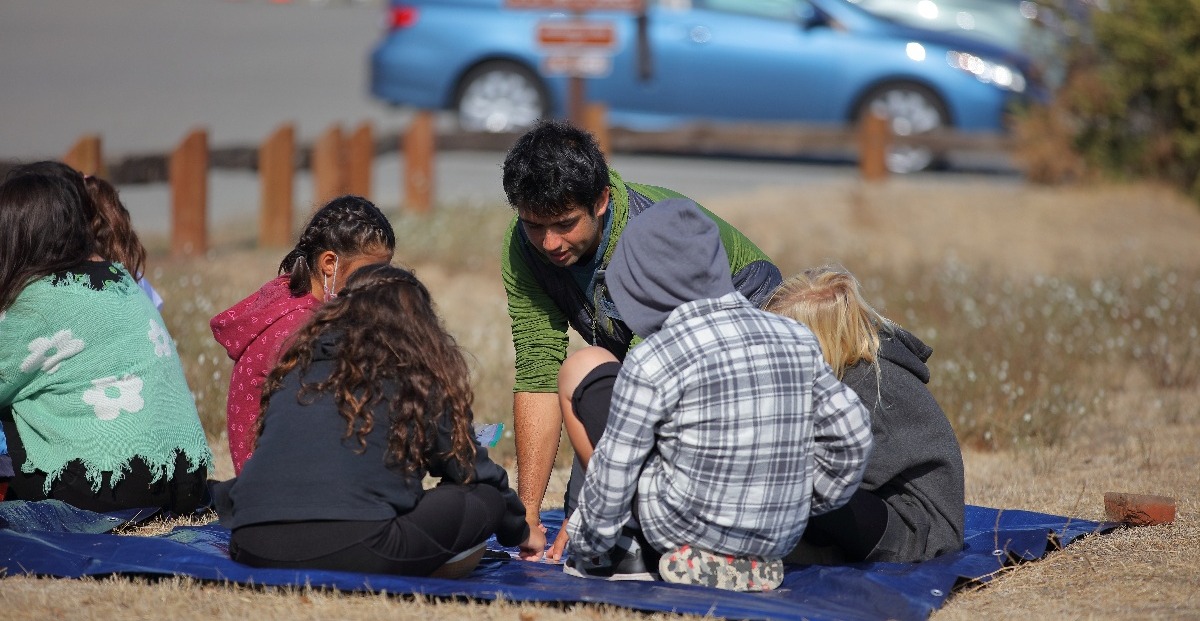
Point Blue teachers described the characteristics of different varieties of oak trees and demonstrated how the students can use the shapes and patterns of leaves to identify them. Afterwards, they discussed how oak trees support people and their environment through carbon sequestration, oxygen production, and aesthetic beauty.
Students learned how to create direct-seed cages (or seed baskets) to protect oak seedlings by zip tying wire netting into a cylinder. Seed baskets, (which are essentially cylindrical cages) are an effective restoration method as they get installed halfway into the ground to protect both the roots and above-ground growth as the acorns begin to germinate and grow. After demonstrating how to make them, Point Blue staff helped the students make the seed baskets on their own.
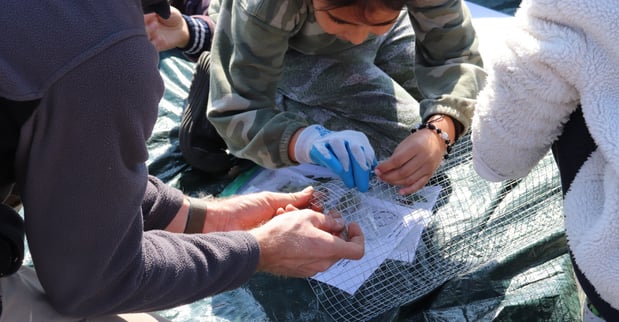
“We’ve so enjoyed engaging students in the field and look forward to many plantings more planting days this winter!” said Phillips. “These hands-on opportunities are great ways to empower students to make an impact in their ecological communities and help them understand their local environment, while benefiting local landscapes.”
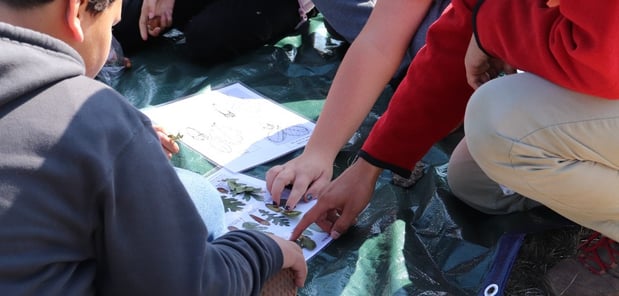
In the days following the field trip, the students received an additional classroom lesson to learn about healthy creeks. This lesson prepares them for their final assignment, a trip to another nearby restoration site along the riparian corridor along Fisher Creek, where students will plant the acorns and install their seed baskets.
Point Blue’s innovative STRAW program plays an integral role in the Open Space Authority’s ongoing restoration efforts. The partnership began in 2019 and has helped foster young environmental leadership ever since.
Want to learn more? Read about how local second graders helped restore habitat at Fisher’s Bend earlier this year. In spring 2022, young students picked up shovels and planted native plugs to help diversify a riparian ecosystem, protect local habitat, and increase climate resilience for local wildlife.
